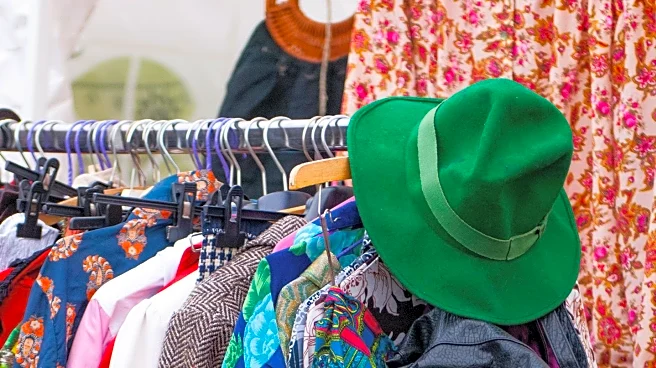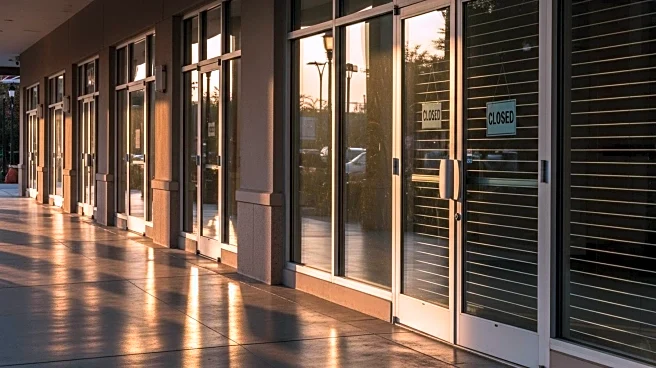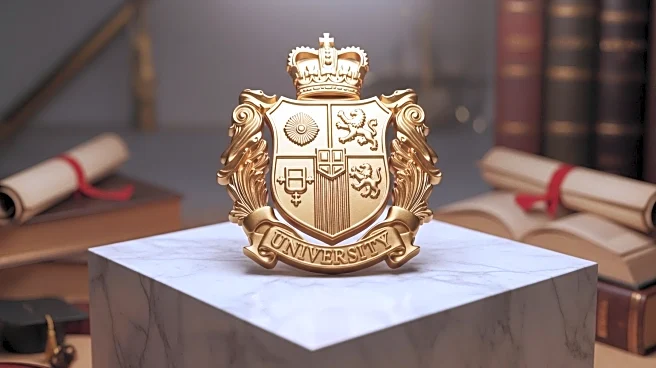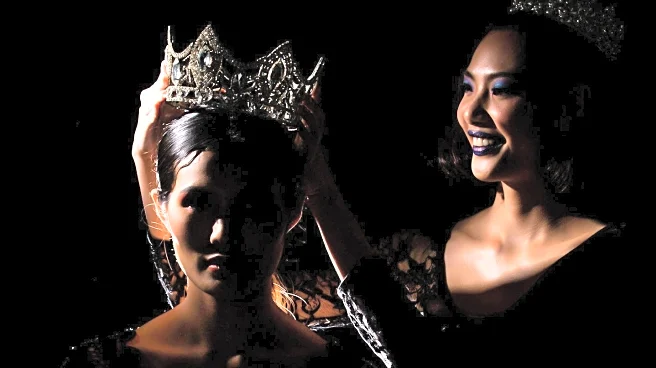What is the story about?
What's Happening?
The luxury resale market has experienced significant growth, with a 550% increase in secondhand shopping since 2018. This trend is highlighted by the rising interest in antique clothing, which is seen as a reaction to overconsumption. According to a March 2025 report from Capital One Shopping Research, approximately one-third of clothing purchased in the United States over the past year was secondhand. Brands are responding by introducing re-commerce initiatives, such as Zara's Pre-Owned and Madewell's Preloved programs, which focus on rereleasing legacy designs and resale programs. The market is shifting towards items that are not easily found through algorithms or online searches, with antique clothing gaining popularity for its unique historical value.
Why It's Important?
The growth in the luxury resale market reflects a broader shift in consumer behavior towards sustainability and conscious consumption. As more consumers opt for secondhand and antique clothing, the fashion industry is prompted to reconsider its production and marketing strategies. This trend could lead to reduced waste and a decrease in the environmental impact of fast fashion. Additionally, the demand for unique, historical pieces offers opportunities for small businesses and vintage curators to thrive. The shift also challenges traditional retail models, pushing brands to innovate and adapt to changing consumer preferences.
What's Next?
As the trend towards antique and secondhand clothing continues, major fashion brands may further expand their re-commerce initiatives to capture this growing market. This could involve collaborations with vintage curators or the development of exclusive collections that highlight historical designs. Consumers can expect more options for sustainable fashion, potentially influencing broader industry standards. Additionally, the increased interest in antique clothing may lead to more educational and cultural initiatives that explore the history and significance of fashion through the ages.
Beyond the Headlines
The rise of antique clothing in the luxury resale market highlights deeper cultural shifts towards valuing history and craftsmanship. This trend may encourage a greater appreciation for the stories and heritage behind garments, fostering a more meaningful connection between consumers and their clothing. It also raises ethical considerations regarding the preservation and commercialization of historical pieces, prompting discussions about the balance between accessibility and conservation.
AI Generated Content
Do you find this article useful?














